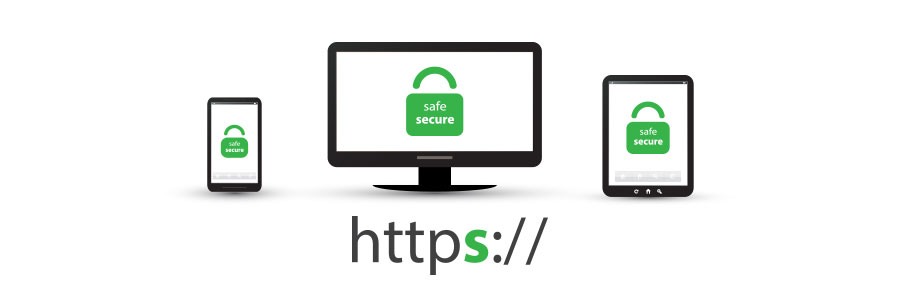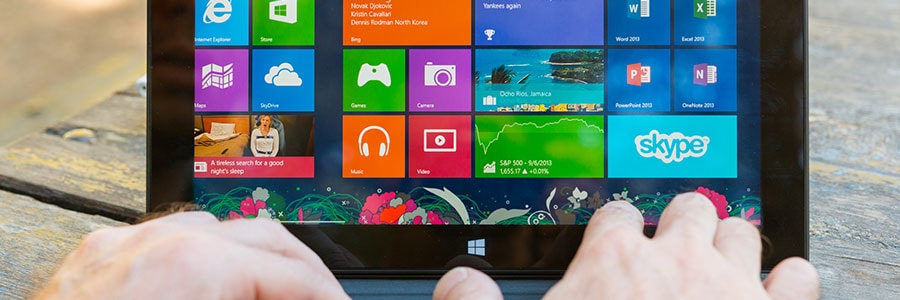Very few internet users understand the meaning of the padlock icon in their web browser’s address bar. It represents HTTPS, a security feature that authenticates websites and protects the information users submit to them. Let’s go over some user-friendly HTTPS best practices to help you surf the web safely.
Safe web browsing requires HTTPS
Virtual desktop or Container: How to choose
Choosing the best VoIP option for SMBs
Tricks to make you work smarter in Outlook
Chrome users panic as new scam spreads

With evolving technology comes evolving threats. Recently, a researcher revealed that a new type of scam freezes Google Chrome and tricks users into believing that their network security has been compromised. Little did they know that following instructions listed on the screen will lead to an actual security breach.
Keep your Mac safe from cyberthreats
Using Cortana to Organize Business
Single Sign-On: The Answer to User Management

Statistics show that the average enterprise uses more than 90 cloud services. Even if small businesses use less than half that number, securely managing account logins is still a huge problem for users and administrators. Single Sign-On (SSO) is an excellent solution to this issue, so let’s dive into how it works.
Google Updates Chrome with New Features

As the patience and attention span of web users decline, a minor flaw in a website can make or break a business. People want to be impressed the moment they load a website, and that rarely happens in the presence of annoying ads and videos. Google recognizes this, and has upgraded the Chrome browser accordingly.
Beginner’s guide to virtualization

The benefits of virtualization are so significant that deciding whether to jump on board is a no-brainer. It offers centralized IT management, faster hardware resources, improved business continuity, and reduced overhead costs. But in order to experience these benefits, there are a few best practices you need to consider.






